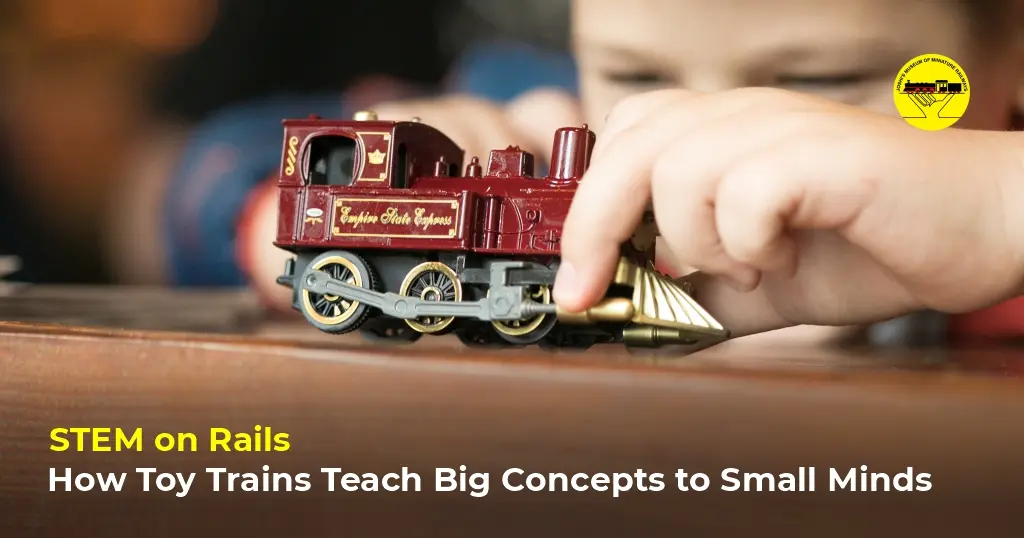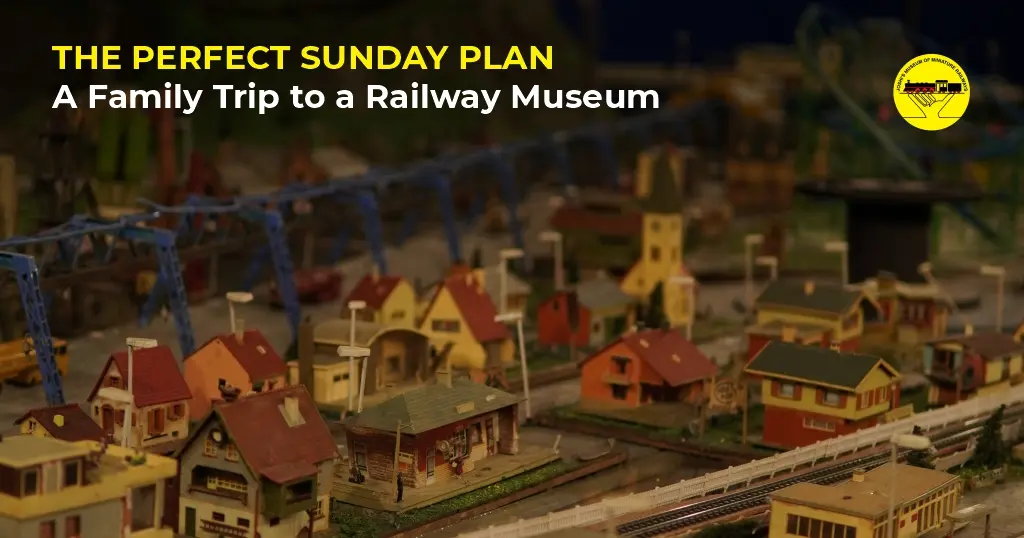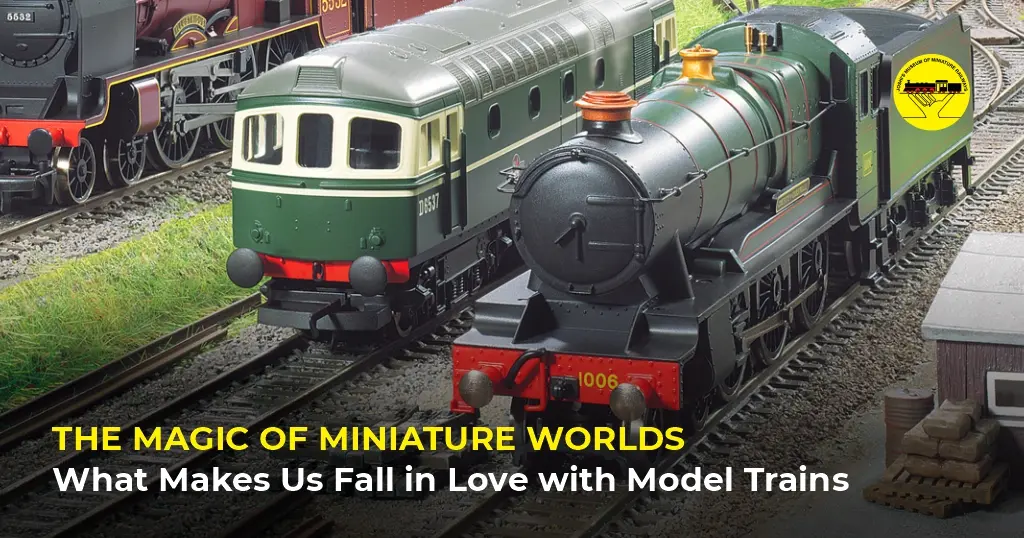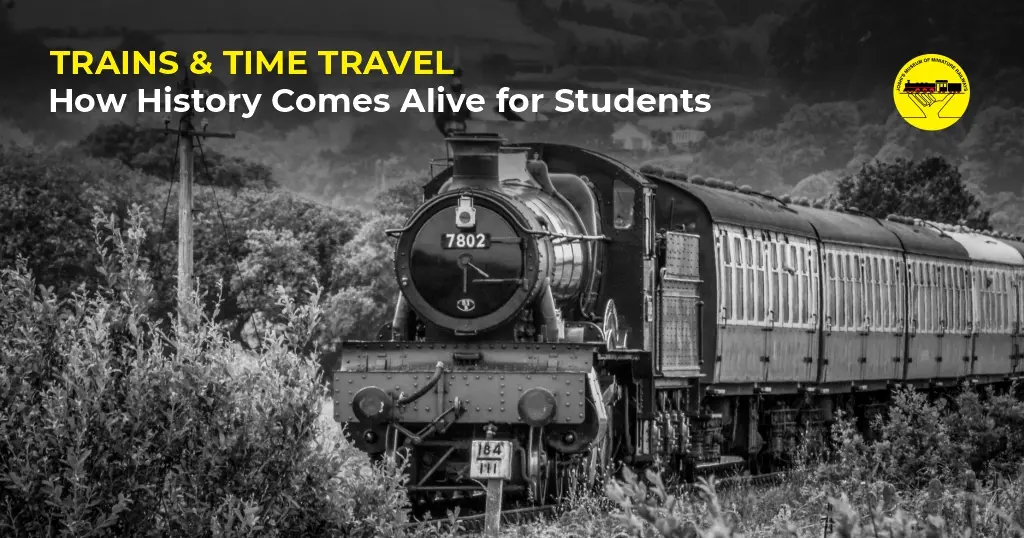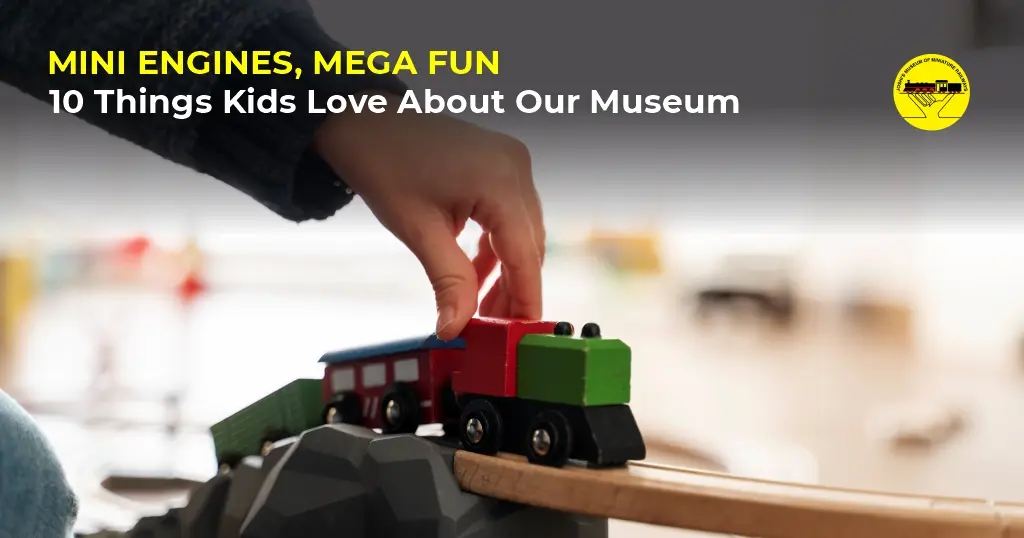In a city teeming with educational opportunities, Joshi’s Museum of Miniature Railways offers a refreshingly immersive experience where learning feels like play. Located in Kothrud, this museum isn’t just a charming stop for families—it’s a proven field-trip destination for Pune schools seeking engaging, creative, and curriculum-aligned experiences.
Here’s why schools of all kinds should consider adding it to their annual calendar.
Proven Popularity: Pune Schools Have Visited and Loved It
Over the years, The Orbis School, Tata Motors Employees’ Vidya Niketan School, Matoshree National School, The Millennium National School, Wisdom World School, and VIBGYOR School have brought students to Joshi’s Museum—often returning for repeat visits. The shows spark spontaneous joy, creativity, and curiosity among students of all ages. These schools have shared stories of children dancing with excitement even before the presentation begins, and pointing out every fascinating miniature sight with delight.
Captivating STEAM Demonstrations in Miniature
Joshi’s Museum seamlessly integrates Science, Technology, Engineering, Arts, and Maths (STEAM) in a walk-through show that combines storytelling with motion, design, and precision.
Here’s what students absorb naturally:
- Science & Technology: Automated control panels manage trains, signals, lighting, and tracks—a live demonstration of electricity and automation.
- Engineering: The layout includes flyovers, tunnels, reversible ghat sections, stations, and 65 signals—all crafted to scale and controlled digitally.
- Art & Design: Over 2,000 figurines, models of festivals, fairs, and urban streets bring the miniature city to life, encouraging students to notice detail and storytelling in design.
- Maths: The city is modeled at HO scale (1:87), ideal for hands-on lessons about ratio, proportion, geometry, and spatial planning.
Students leave not just entertained, but equipped with storytelling and analytical skills rolled into one.
Multi‐Age Appeal: From Littles to Teens
The museum captivates every age group:
- Pre-primary kids delight in the motion, lights, and scenes.
- Primary children begin to notice patterns, city layouts, and light cues.
- Middle school students grasp automation, scaling, and technical systems.
- Senior students appreciate urban planning, digital logic, and model engineering.
Teachers report that every class feels differently amazed—ensuring sustained interest across grades.
School-Friendly: Easy to Plan, Manage, and Enjoy
Visiting the museum is logistically smooth:
- Shows are timed and seated, lasting around 25–30 minutes with narration and visuals.
- The venue is compact and secure, making supervision easy for large groups.
- Pre-booking for batches is available, and staffing is experienced in hosting school groups.
- Located centrally in Kothrud, with quick access from most areas of Pune.
Add a morning or return bus-based activity and it becomes a tight, memorable, and academically rich half‑day outing.
Inspiring Local Pride & Creative Careers
Created by B.S. “Bhau” Joshi, the museum brings real inspiration to life: a childhood passion turned into a legacy. Students see firsthand that creativity and perseverance can lead to something remarkable in their own city. It builds pride and possibility—demonstrating that hands-on vision can become public heritage.
Learning Aligned with Curriculum Across Boards
Here’s how teachers can link the visit back into various subjects:
- EVS / Social Studies: Transport systems, city-vs-rural life, modern vs historical railways.
- Science: Simple circuits, mechanical movement, light & sound automation.
- Maths: Scale modeling, geometry, measurement, and ratio.
- Art: Figurative drawing, miniature landscape design.
- English / Hindi / Marathi: Creative writing and descriptive essays about the miniature world.
Schools that visited previously have built full post-trip units around creativity, science, and storytelling inspired by what they saw inside.
Ideas to Extend Learning Beyond the Visit
- A writing or drawing activity right after the show on the bus.
- Group debates or role-play about operating signals, station management, or city planning.
- Model-making projects using cardboard, LEGO, or craft kits.
- Quiz or photo scavenger hunts based on miniature city features.
- Cross-grade collaborative storytelling, where different grades write parts of the miniature city’s “story.”
Many schools have used the museum visit as a starting point for multi-week STEAM and writing modules.
Booking Details & Planning Tips
- Visit the official site: www.minirailways.com for current rates and booking slots.
- Batch size: Around 40 children per show.
- Most shows run every 30 minutes during operating hours.
- Admission: Around ₹120 per student (₹90–120 typical, depending on source) with kids under 3 free.
- Quiet show environment means instructions beforehand help maintain clarity and focus.
The museum often offers special school group rates and morning slots for educational visits.
Final Thoughts: Small Trains, Big Learning
Education thrives when curiosity is allowed to lead. Joshi’s Museum of Miniature Railways offers Pune schools a rare opportunity: to teach through scenes, systems, and stories in motion.
It’s not just a field trip—it’s a classroom full of imagination, engineering marvel, and artistic detail packed into a 26×26‑foot hall. It’s a site that’s been embraced repeatedly—by Orbis, VIBGYOR, Millennium, Matoshree, Wisdom World, Tata Motors Vidya Niketan and others—for leaving lasting impressions, inspiring creativity, and supporting lessons across the curriculum.
For principals and teachers looking to plan meaningful, affordable, and educational day‑long outings in Pune, this museum is a gem waiting to inspire. Let your next class step into a miniature city of wonder—and return with worlds of new ideas.



